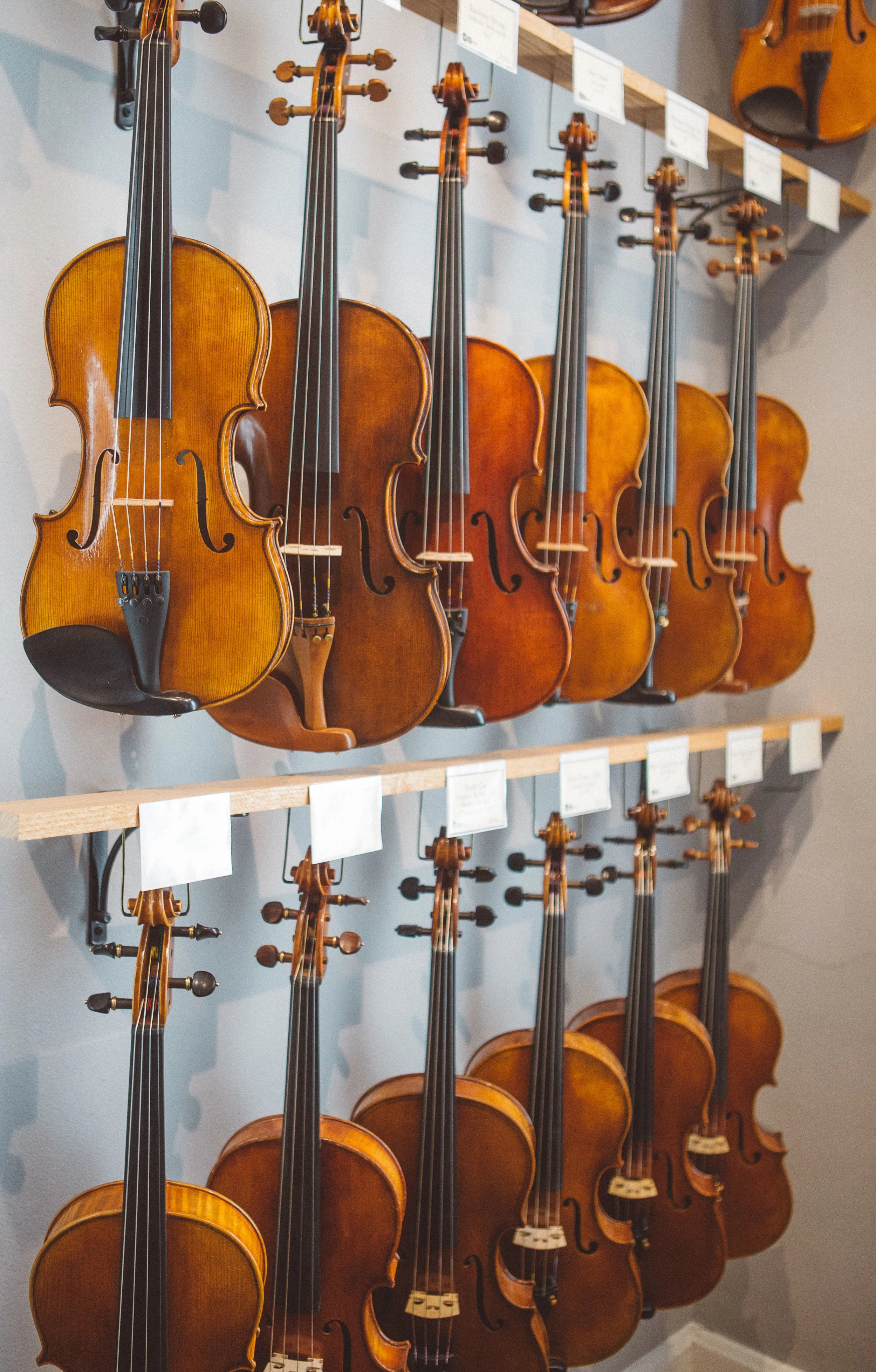CHOOSING THE RIGHT VIOLIN CASE
When it comes to protecting your instrument, choosing the right violin case is crucial. Not only do you need to make sure that the case fits your violin properly, but you also want to make sure that it has the features necessary to provide adequate protection. There are many options available, from small and lightweight cases to larger ones with extra compartments and features such as a humidifier. You’ll want to check the interior padding, the placement of the hinges and the overall construction of the case, as well as consider the material and weight. In this article, I’ll discuss tips for choosing the best violin case, as well as the different types of cases available and their features. Whether you’re a beginner or a professional, a good violin case can make a world of difference in protecting your instrument.
Why choosing the right violin case is important?
A good case should protect the instrument from theft, damage and destruction. It will also increase the longevity of the instrument and prevent the need for costly repairs. The case is essential for storing the violin in a controlled environment, maintaining proper humidity levels and protecting it from temperature changes. A case with two bow holders is also beneficial, especially if two bows are used. Full-size cases are ideal for adult violins and usually offer more space for accessories. When choosing a violin case, take the time to consider what you need from the case and the level of protection you want for your instrument.
How to measure a violin for the right case size
To measure your violin, hold it with the scroll facing up and measure the length of the back, including the end button and tailpiece. This measurement will tell you what size case you need. Many case models come in a variety of sizes; make sure you get the right size to keep the violin in place. Cases with suspension systems are very good. A suspended violin bed ensures that the violin is held securely in place and will not fall or shift. If you are unsure of the size of your instrument, consult a trained professional or the manufacturer. Always choose a case that will provide security and protection for your violin, allowing room for accessories while protecting the instrument from damage.
Factors to consider
When choosing a violin case, it’s important to consider several factors, including:
➤ The type of case you prefer, hard-shell or soft-shell.
➤ The weight of the case you will be carrying.
➤ The capacity of the case to hold the violin and any accessories you may want to store in your case.
➤ The level of protection your violin requires, such as resistance to high or low temperatures.
➤ The additional features you may want, such as more protection for the bow, straps to carry the case on your back or a sheet music pocket.
➤ The size of case you need for your violin. Full-size cases fit standard-size violins, but some cases have adjustable padding to fit smaller sizes.
➤ The number of bow holders you need. Some cases are designed with four bow holders, while others can hold fewer.
Ultimately, your decision should be based on your specific needs as a musician and what you want from your violin case. A good violin case can help protect your violin from damage and make it easier to carry around.
Types
There are several types of violin cases, each offering unique features and benefits. When choosing a case, consider the level of protection needed, portability requirements and your budget.
➤ Hard-shell cases offer a reliable level of protection against bumps, scratches and weather. They come in a variety of sizes, from full-size cases to smaller options ideal for travel.
➤ Soft-shell cases are made of materials such as fabric, nylon or leather and are often lighter and easier to carry than hard-shell cases. They offer less protection than hard-shell cases, but are ideal for short trips and performances.
➤ Hybrid cases combine the protective elements of both hard-shell and soft-shell cases. They offer great protection and are usually lightweight and easy to transport.
➤ Oblong cases are a popular option for full-size instruments. They feature two bow holders and additional compartments for accessories such as rosin and shoulder rests.
➤ Molded cases are ideal for student instruments and are lighter and more affordable than oblong cases. They typically have one or two bow holders and less space for accessories.
Best materials
The material of a violin case is an important factor to consider. Some of the best violin case materials are fiberglass, carbon fiber and wood. Fiberglass cases are affordable and offer better protection than a standard hard-shell case. Carbon fiber cases are high-end and provide excellent protection from extreme temperatures and humidity. Wood cases are the most aesthetically pleasing, but may not be as protective as other materials. Some cases feature a combination of materials, such as a fiberglass exterior and velvet interior. This combination offers both durability and protection. It’s important to remember that the material of the case is an important factor in protecting your violin and accessories, and to choose a case material that matches the level of protection you need.
Additional features to look for
There are several important additional features to consider when choosing a violin case. Look for a case with a secure latch and proper padding to protect the instrument from bumps, drops and other damage. Some great violin cases are designed with extra compartments for accessories such as shoulder rests, tuners and rosin. Consider a case with a suspension system to lessen the impact of sudden movements. The ability to hold two bows is also an important feature for players who want a backup bow or a variety of bow options. If you travel with your violin, look for a case that is easy to carry, with a comfortable handle and padded straps. Many cases come with a sheet music pocket or other storage compartments, while others, like the Bobelock 1060 Oblong Suspension Case, feature removable accessory pouches. Finally, nylon canvas cases are an economical choice, but may not offer the level of protection that a fiberglass or carbon fiber case can provide. When choosing the best case for your instrument, it’s important to consider the features that will keep your violin safe and secure, as well as your budget and portability needs.
Affordable violin cases
The price of a violin case can vary depending on the materials used, the level of protection offered, and other features. However, there are a few options for relatively inexpensive violin cases that will still provide some level of protection for your instrument:
➤ Protec MX044 4/4 violin shaped max case: this hard-shell case is lightweight and durable, and provides a decent level of protection for your instrument. It’s also relatively affordable compared to other hard-shell cases on the market. Price: 56 dollars.
➤ ADM 4/4 Full-Size violin hard case: designed for full-size violins, this hard-shell case features a solid exterior and plush interior to protect your instrument. It’s also one of the most affordable hard cases on the market. Price: 70 dollars.
➤ Crossrock CRF1000CVN fiberglass violin case: this fiberglass case is lightweight and provides a decent level of protection for your instrument. It also features a plush interior lining and multiple storage compartments. Price: 243 dollars.
It’s important to note that while these cases are relatively inexpensive, they may not offer the same level of protection as more expensive cases. Also, they may not fit all sizes of violins, so be sure to check the specifications before purchasing.
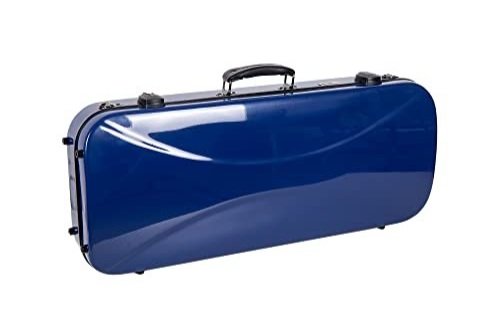

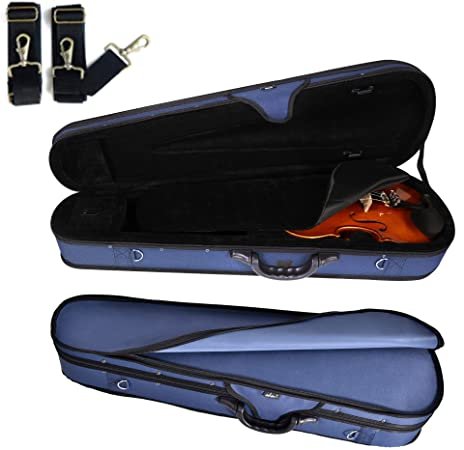
Best violin cases
When looking for the best violin case, there are several options on the market. Choosing the right case can be a difficult task, but with some research on features and materials, the options can be narrowed down to find the right one for you. Here are some of the best violin cases on the market.
➤ The Bam Hightech slim violin case: this case is lightweight and compact, with a hard-shell for protection. It has a sleek design and comes in a variety of colors. Price: 394 dollars.
➤ The Bobelock 1060 Oblong Suspension Case: this case has a fiberglass exterior and velvet interior. It comes with a set of hygrometers to monitor humidity and temperature levels and a built-in humidifier. Price 347 dollars.
➤ The Musilia P1 violin case: this case is made of carbon fiber, making it lightweight and incredibly strong. It has two bow holders, a humidifier and is available in several colors. Price 745 dollars.
➤ The Gewa Air 2.1 violin case: this case is extremely lightweight and easy to transport. It has a durable thermoplastic shell and comes with two bow holders and an accessory compartment. Price 590 dollars.
➤ The Tonareli fiberglass violin case: this case is made of fiberglass and has a waterproof seal. It has two bow holders and several accessory compartments, making it great for musicians on the go. Price: 285 dollars.
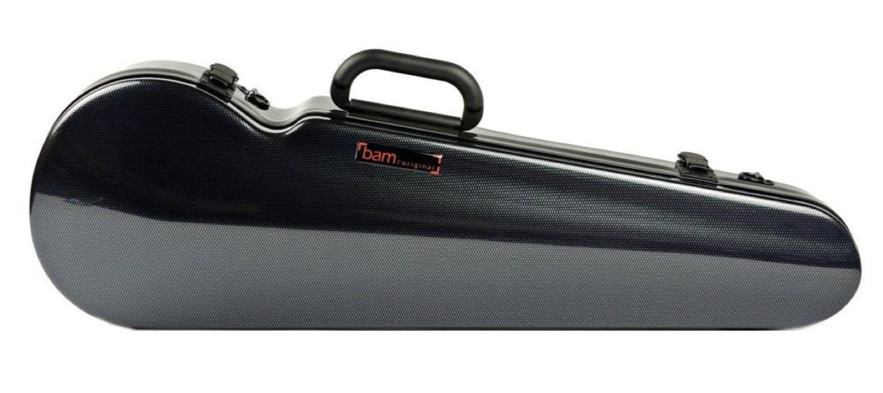
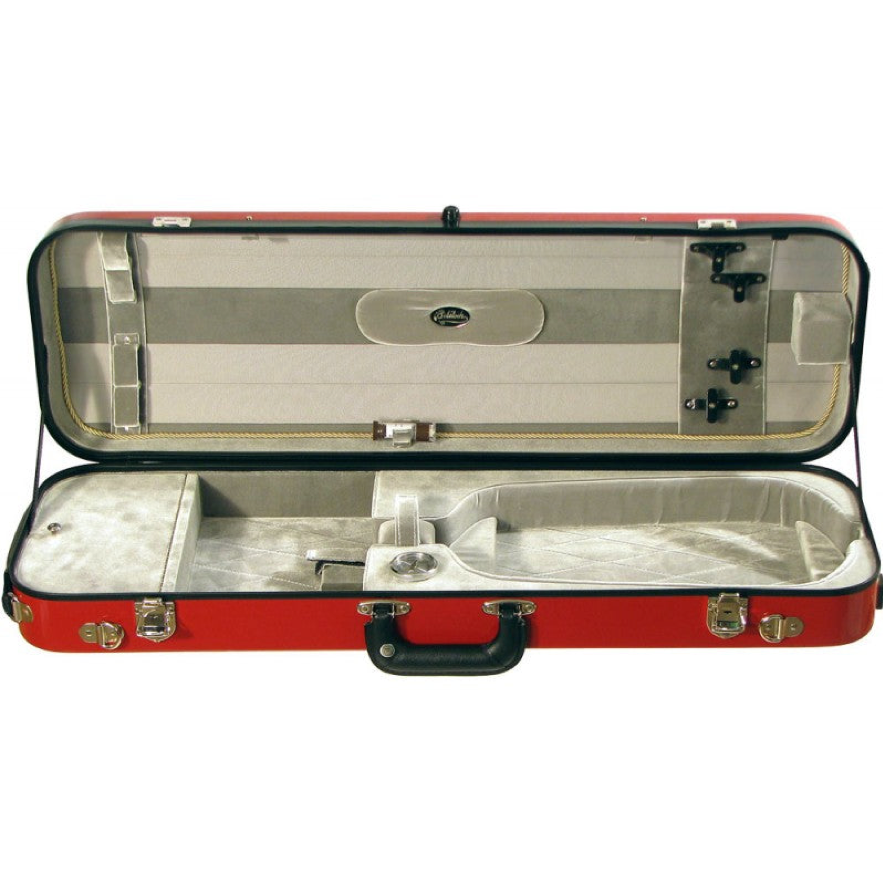
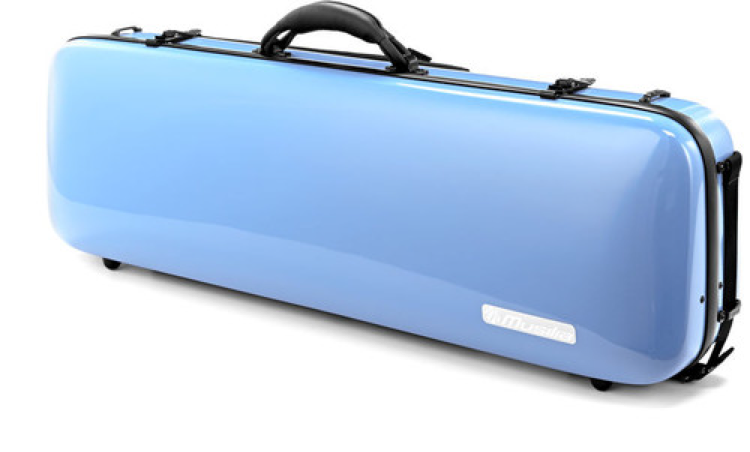
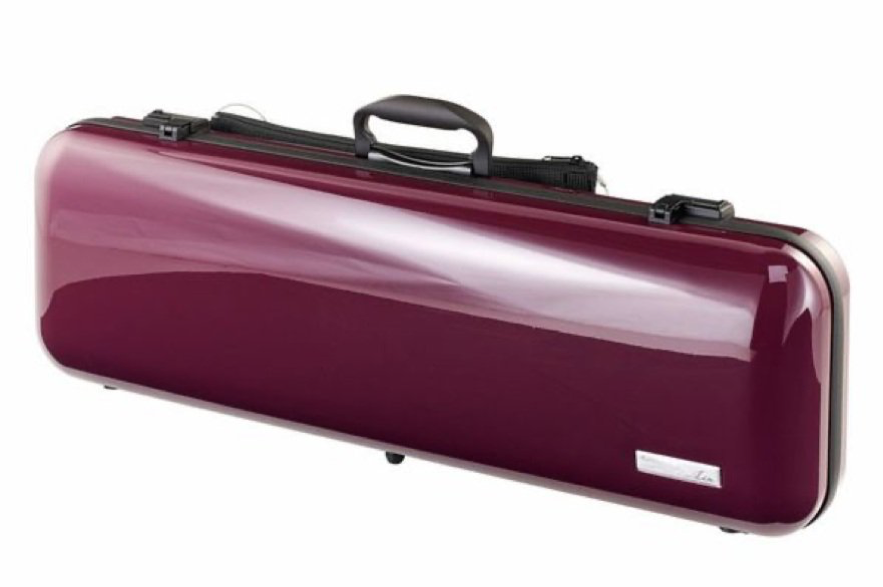
Frequently Asked Questions
-
When purchasing a violin case, consider the material, weight and additional features such as hygrometers and humidifiers. Look for a case that fits the exact dimensions of your violin and has the proper padding to protect your instrument.
-
Violin cases come in hard-shell, soft-shell and hybrid varieties. Hard-shell cases are more protective, but soft-shell cases are lighter and easier to carry. Hybrid cases offer the best of both worlds.
-
Look for a violin case with a secure latch, adequate padding and plenty of room for your accessories. Also consider additional features such as a music pouch or built-in humidifier.
-
Measure the body length of your violin from the bottom of the neck to the end of the tailpiece. Then choose a case that matches the exact size of your instrument.
-
Fiberglass and carbon fiber are both resistant materials that provide excellent protection for violins. Wooden cases can also provide good protection.
-
A suspension system is a feature in some violin cases that suspends the violin bed above the bottom of the case. This type of system provides extra protection against drops or bumps.
-
Some of the best-selling violin cases on the market include the Bam Hightech Slim Violin Case, the Bobelock 1060 Fiberglass Oblong Suspension Case and the Gewa Air 2.1 Violin Case
-
Yes, many violin cases have features such as a built-in humidifier or hygrometer to help regulate the temperature and humidity inside the case and protect your instrument.
-
Yes, it’s not uncommon for them to need repair from time to time. In fact, the handle is one of the most stressed parts of the case, and it can easily become damaged or broken over time, especially if the case is frequently transported or roughly handled. If the handle breaks, it can make it difficult to carry the case and protect the instrument properly. Some common solutions include using duct tape or a temporary replacement handle, but these are only temporary fixes and may eventually cause further damage to the case or instrument. It’s best to take the case to a professional repair shop as soon as possible to have the handle replaced or repaired properly.
Read more articles
Quick video tips
““The best violin case depends on your individual needs and preferences. Consider factors such as how often you travel with your instrument, the level of protection you require, and your budget.””



















